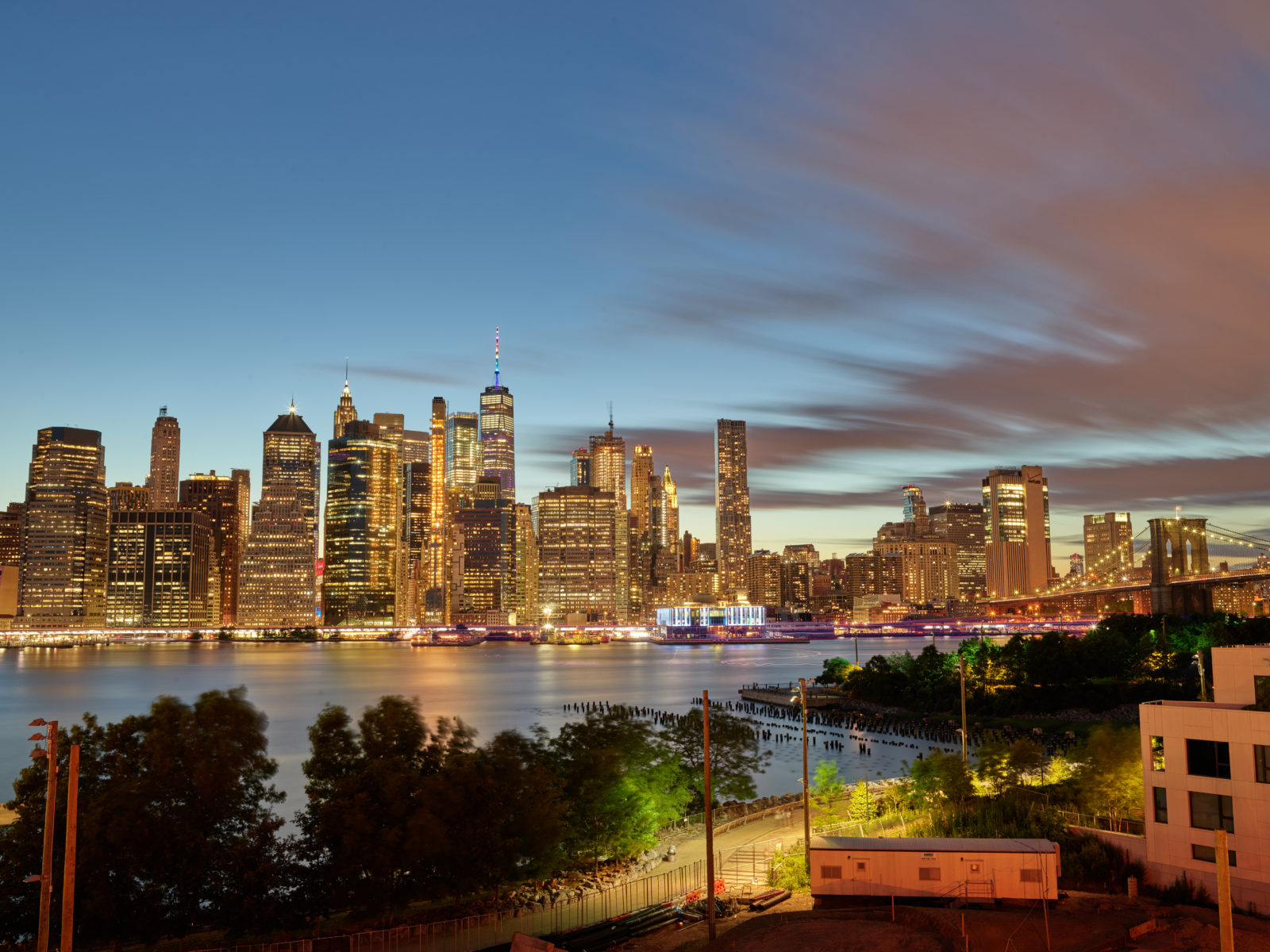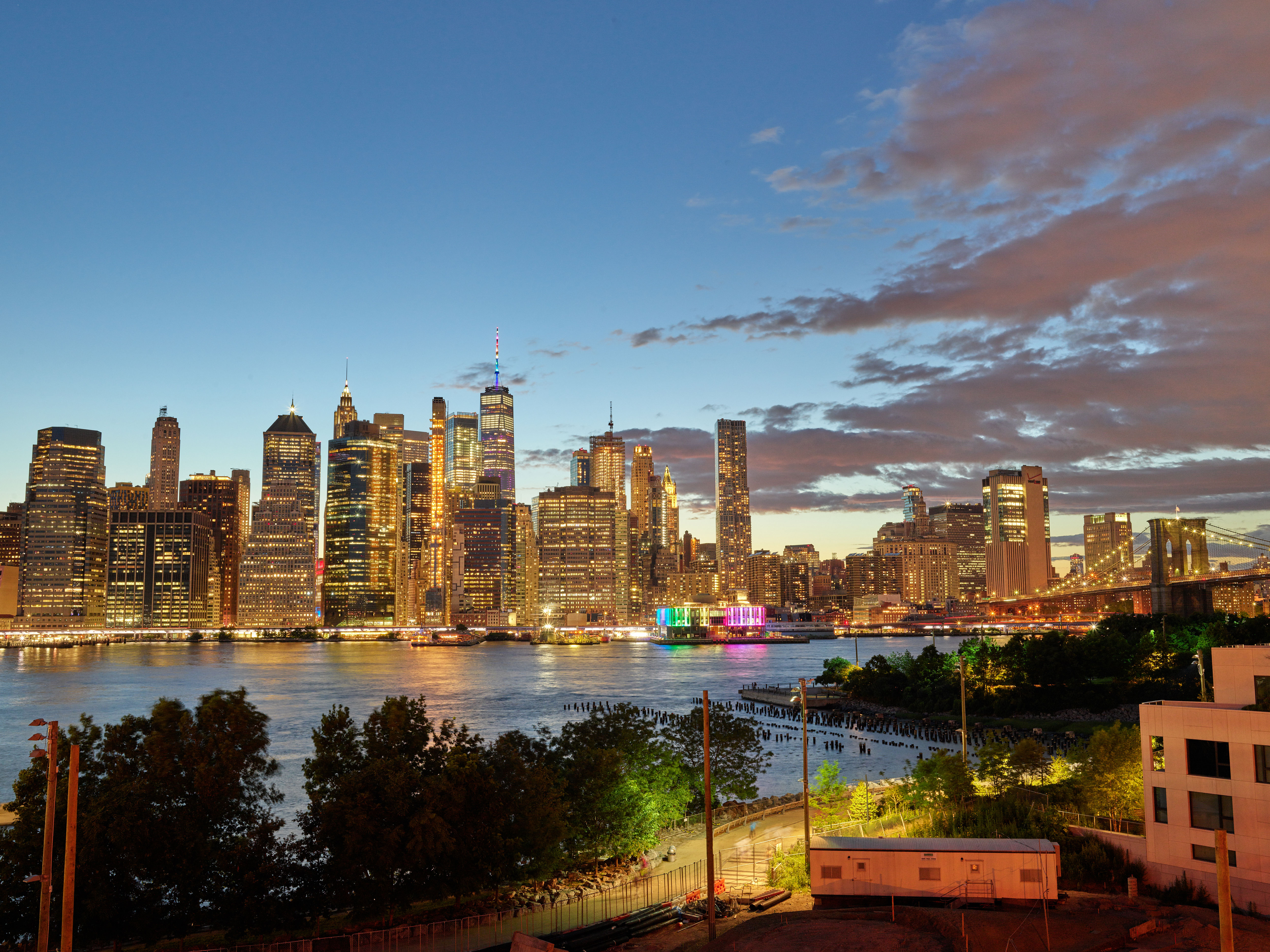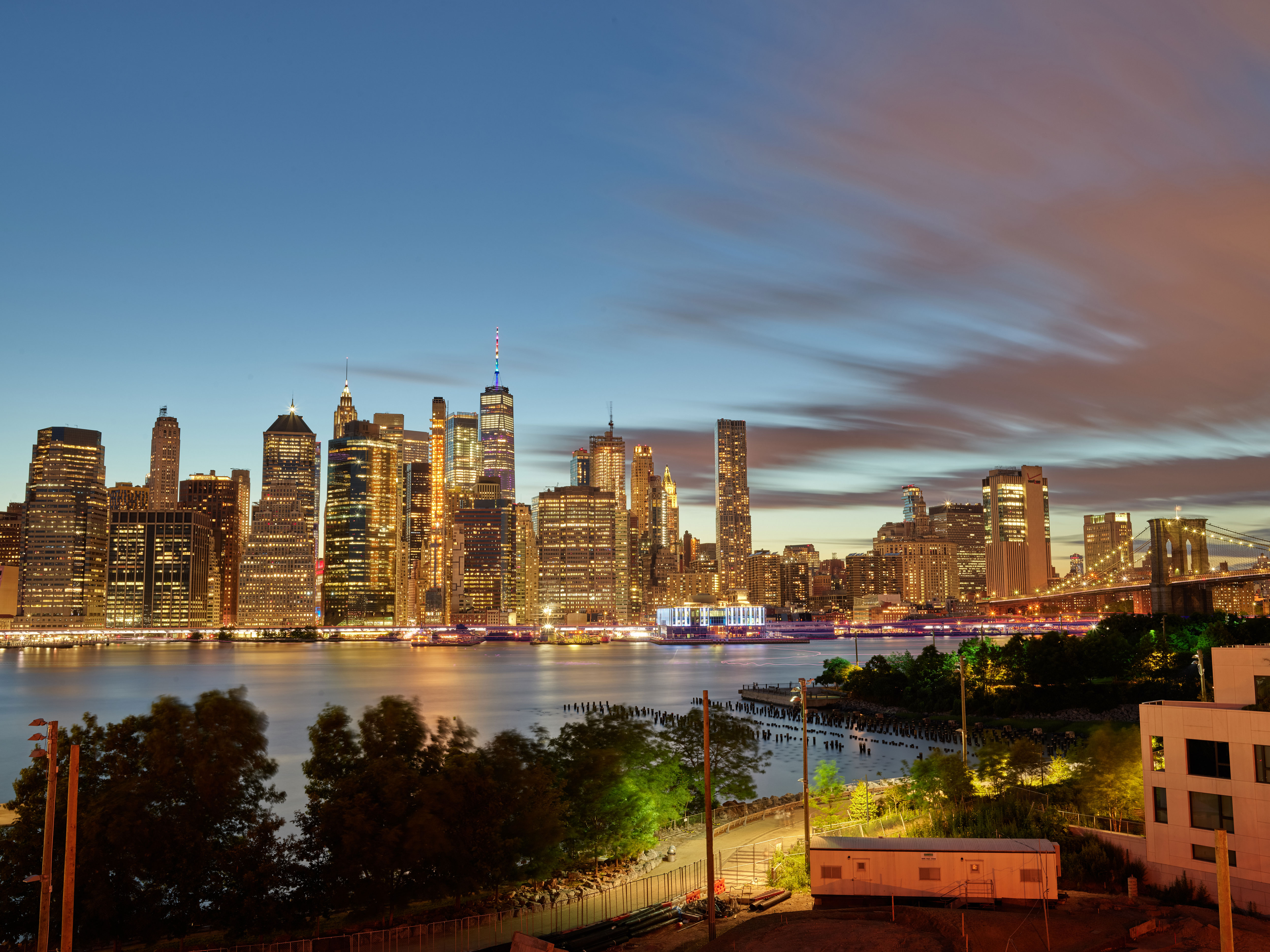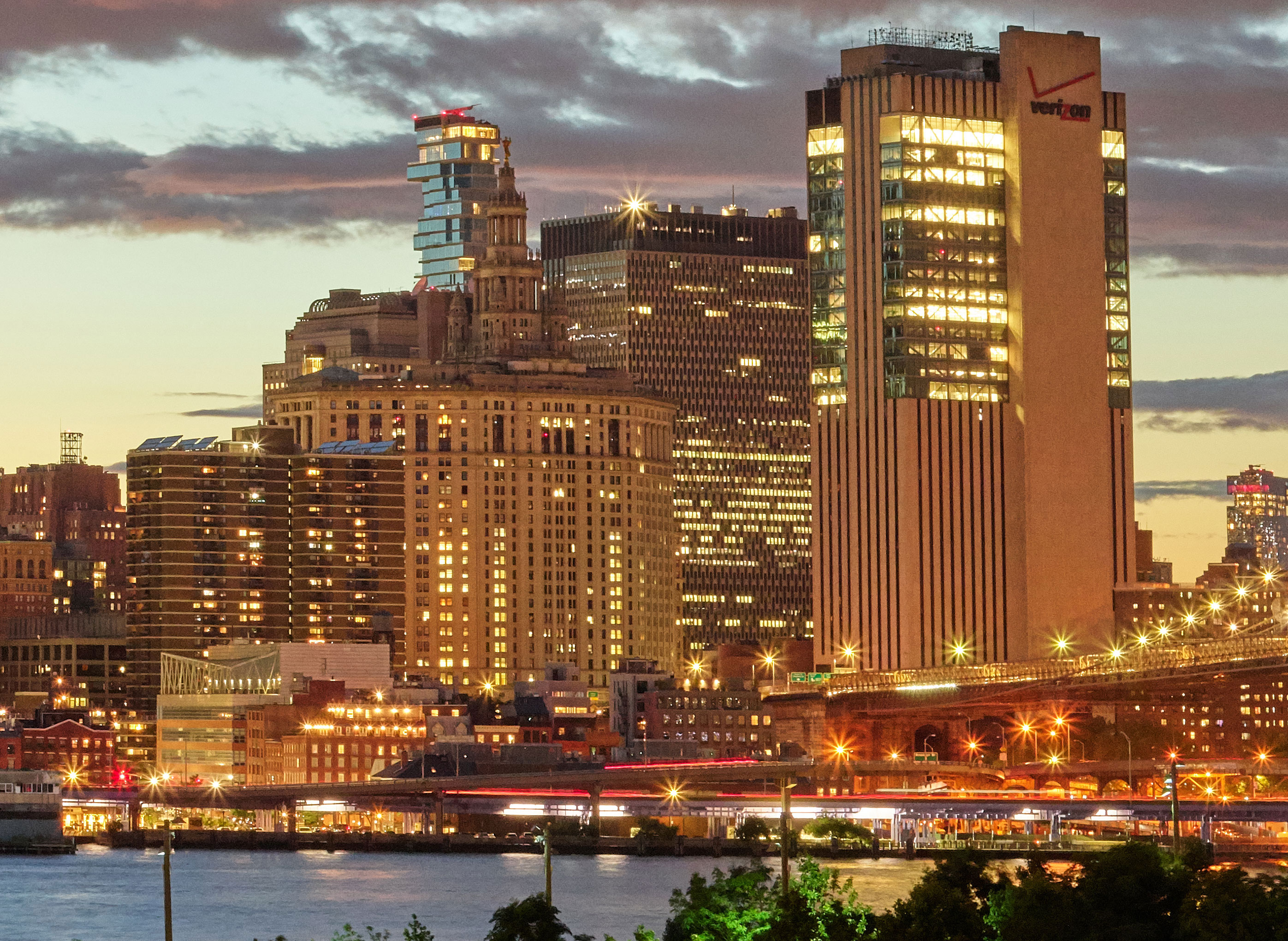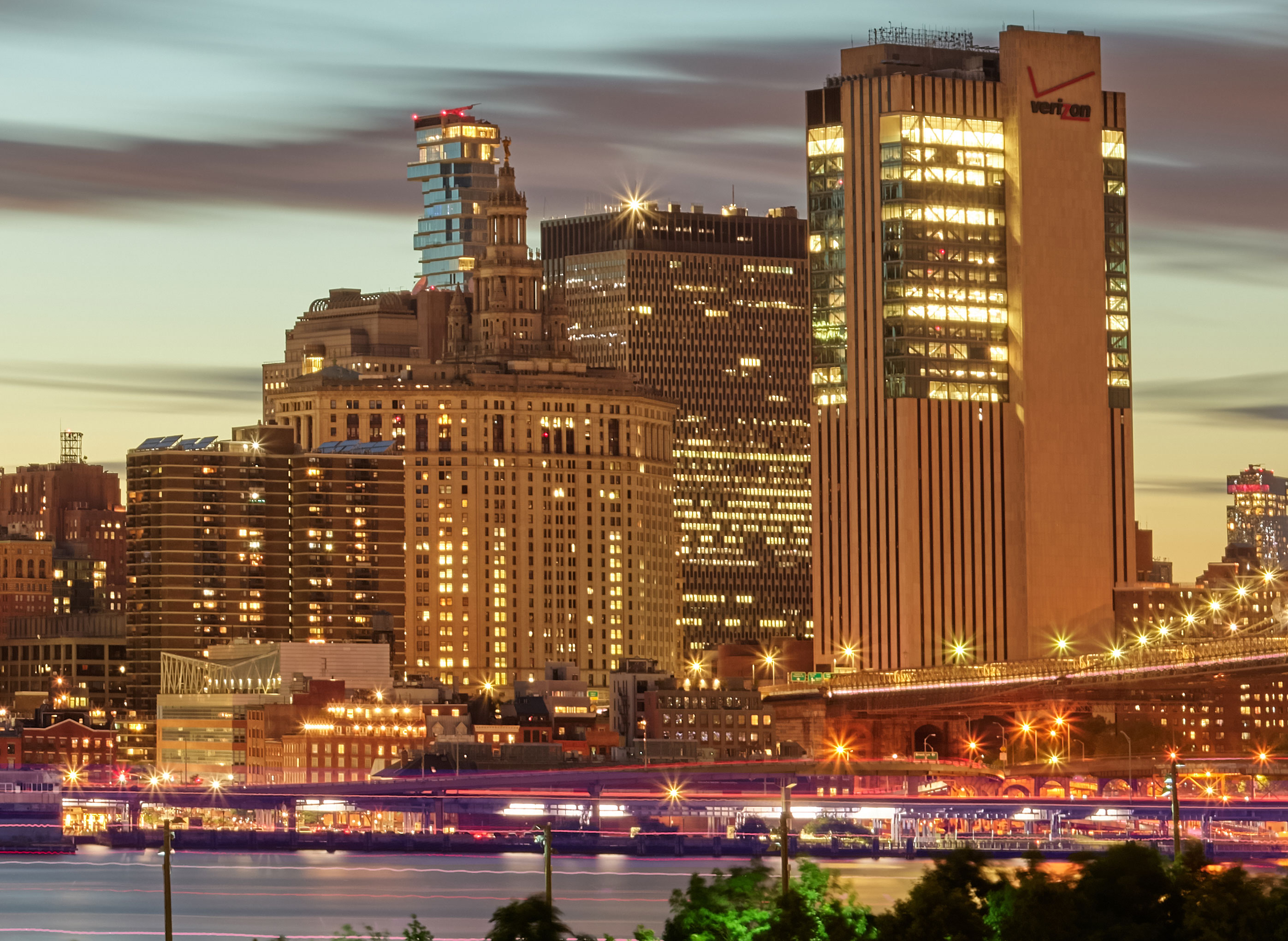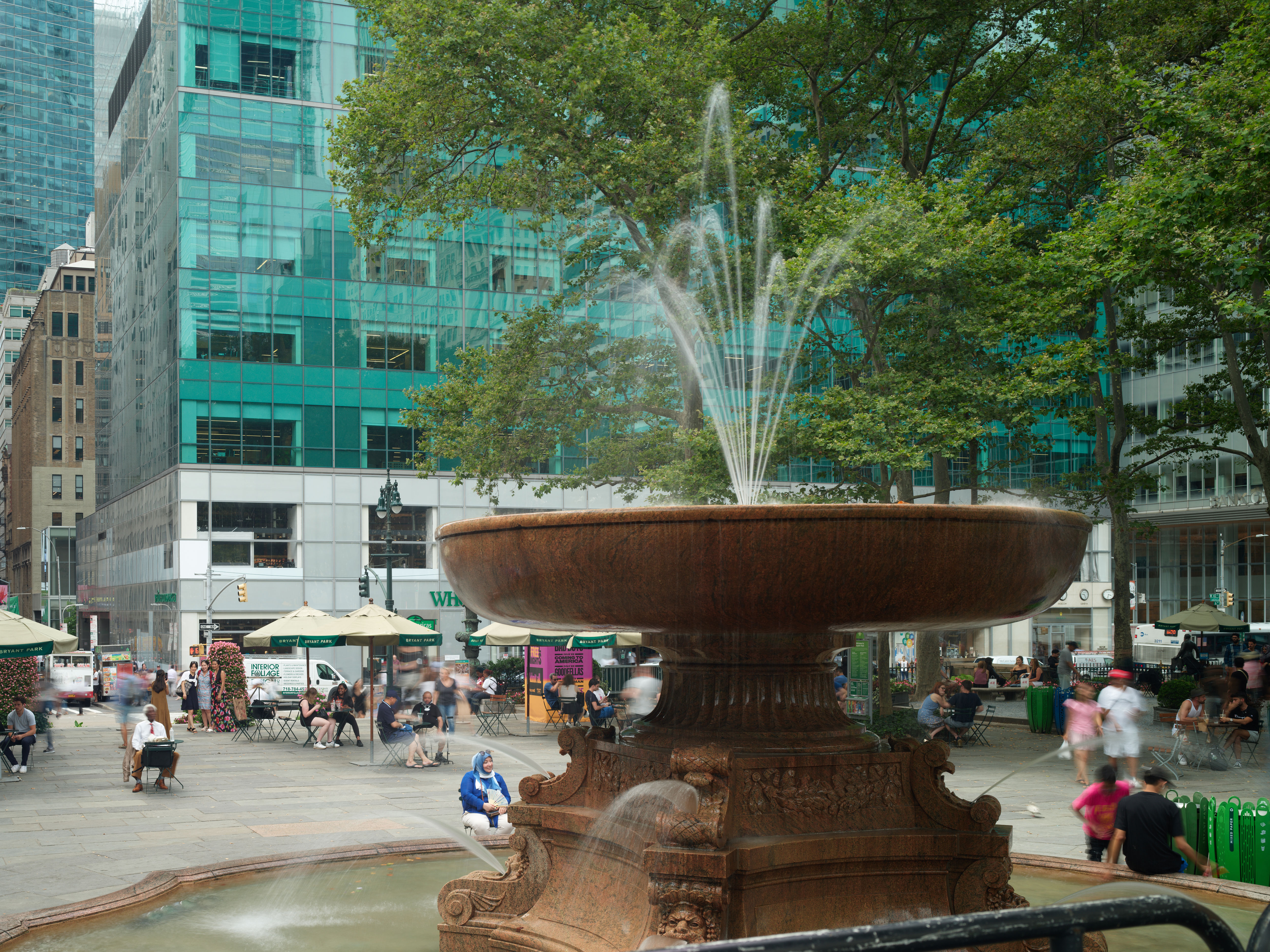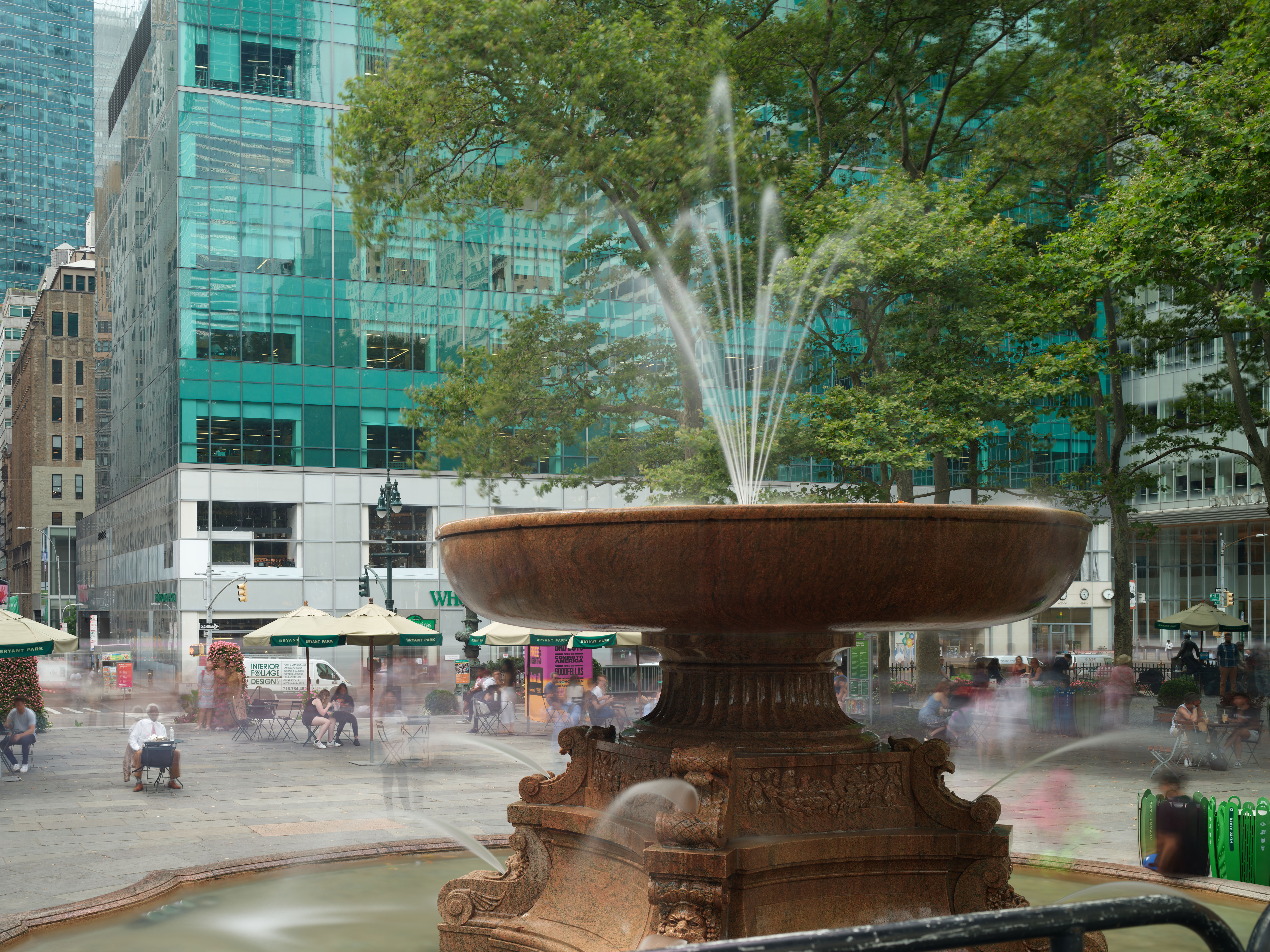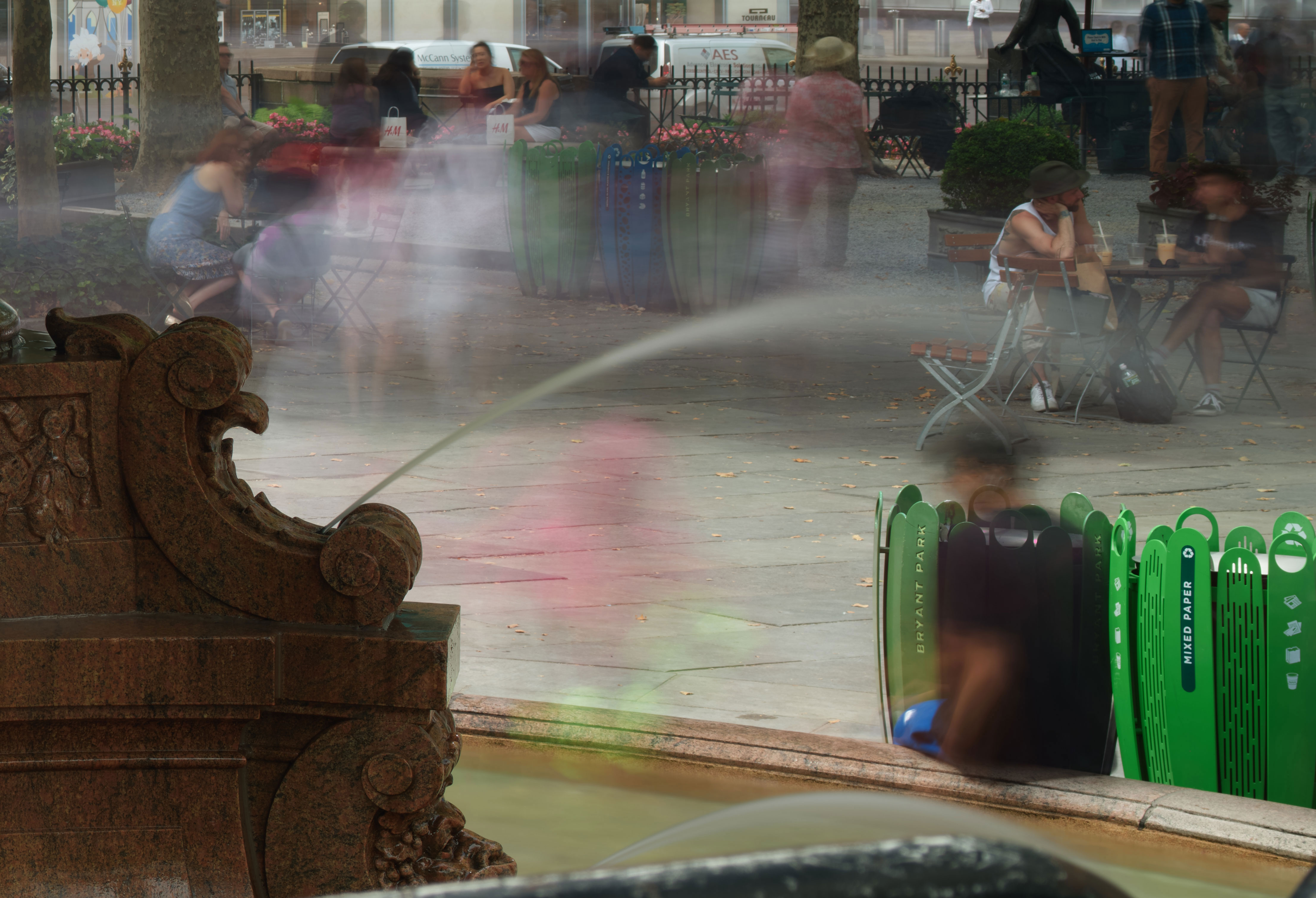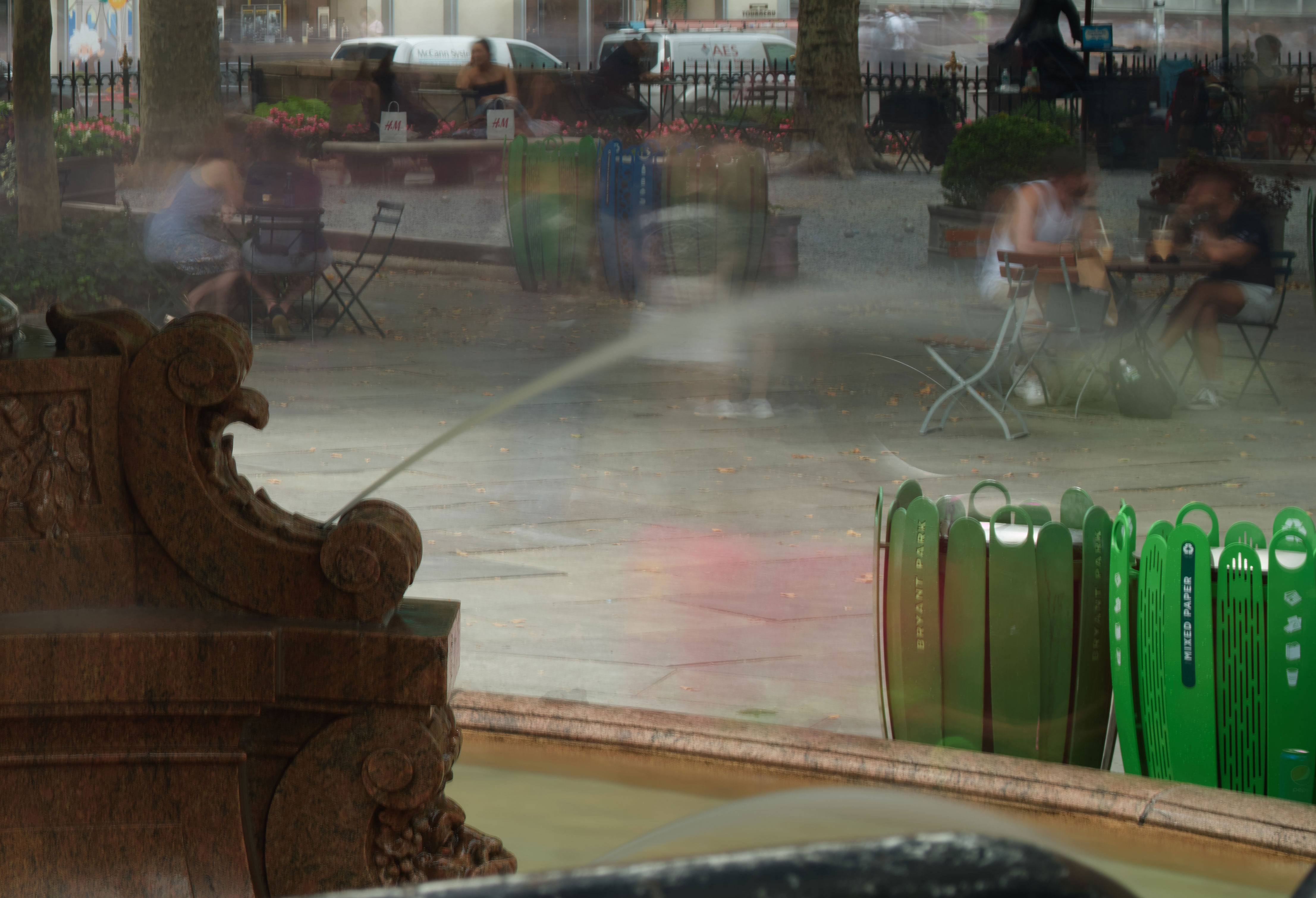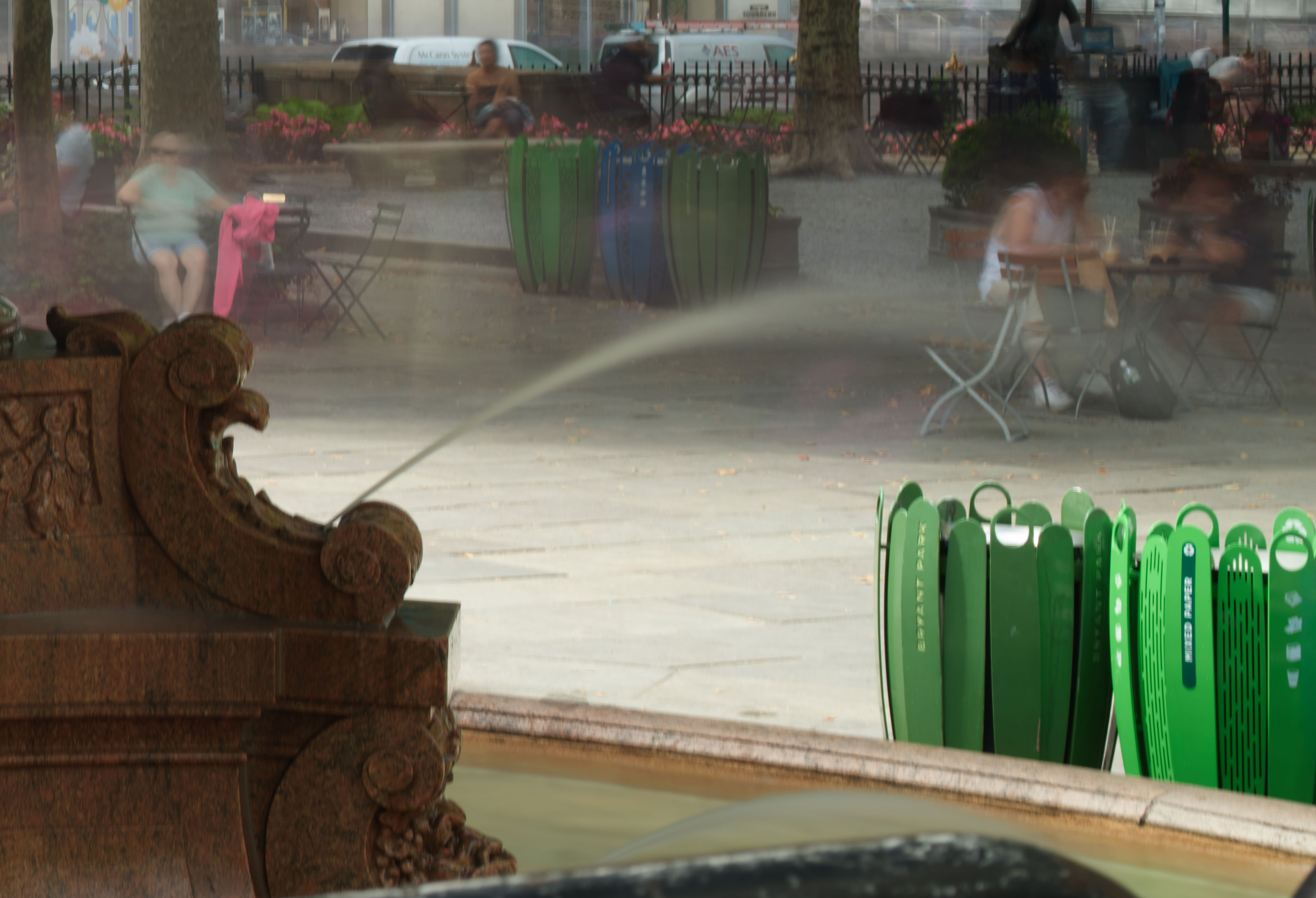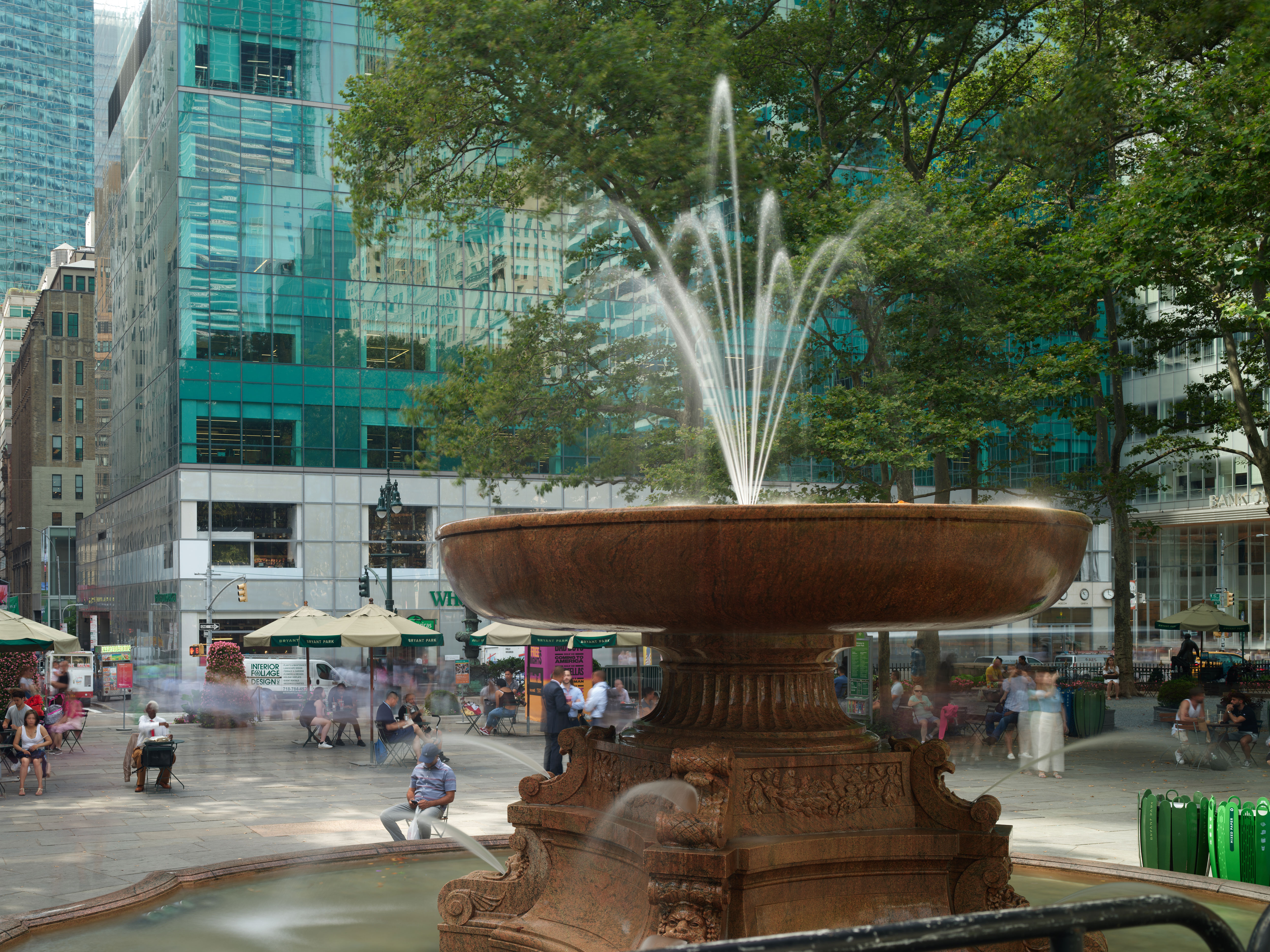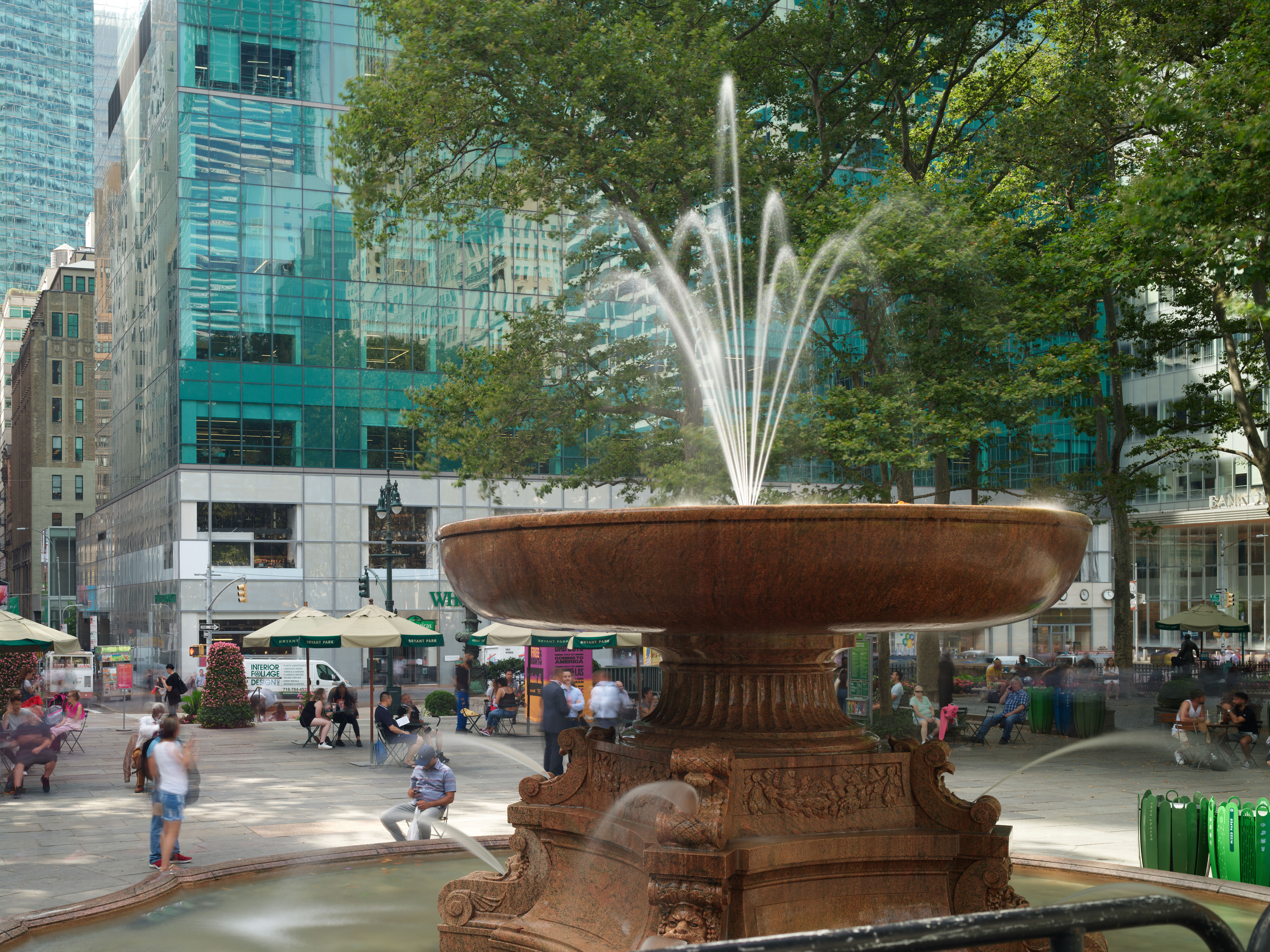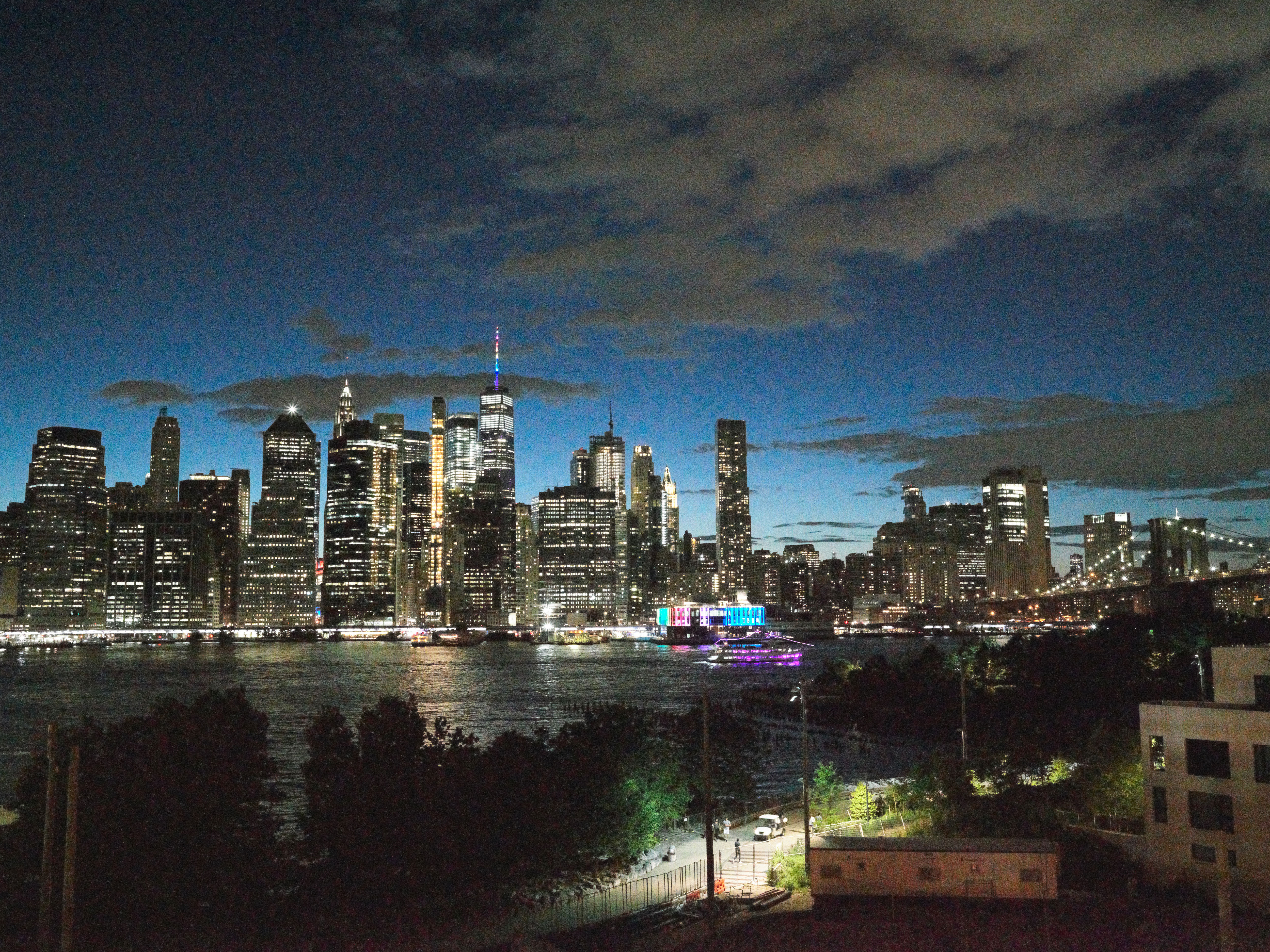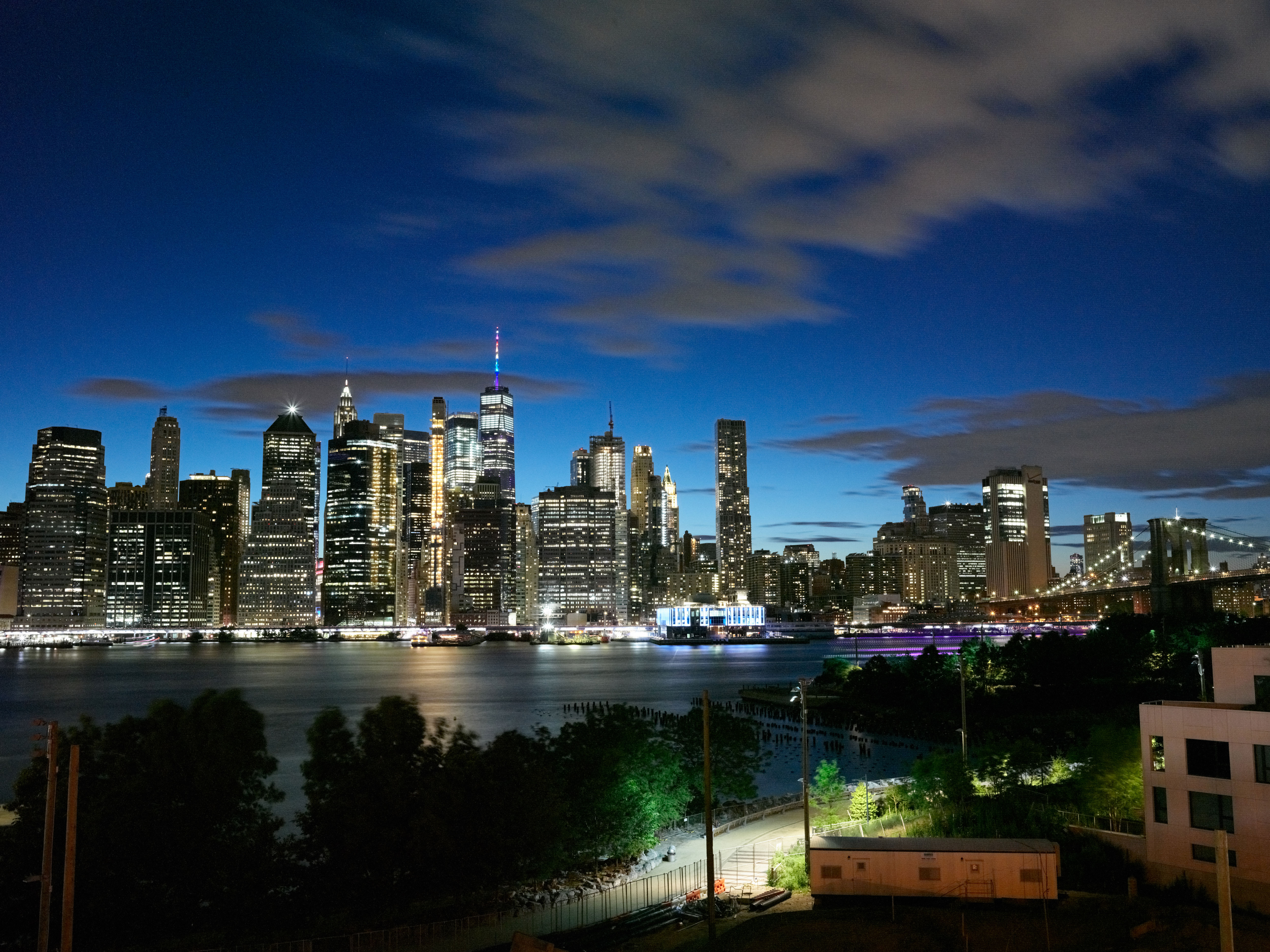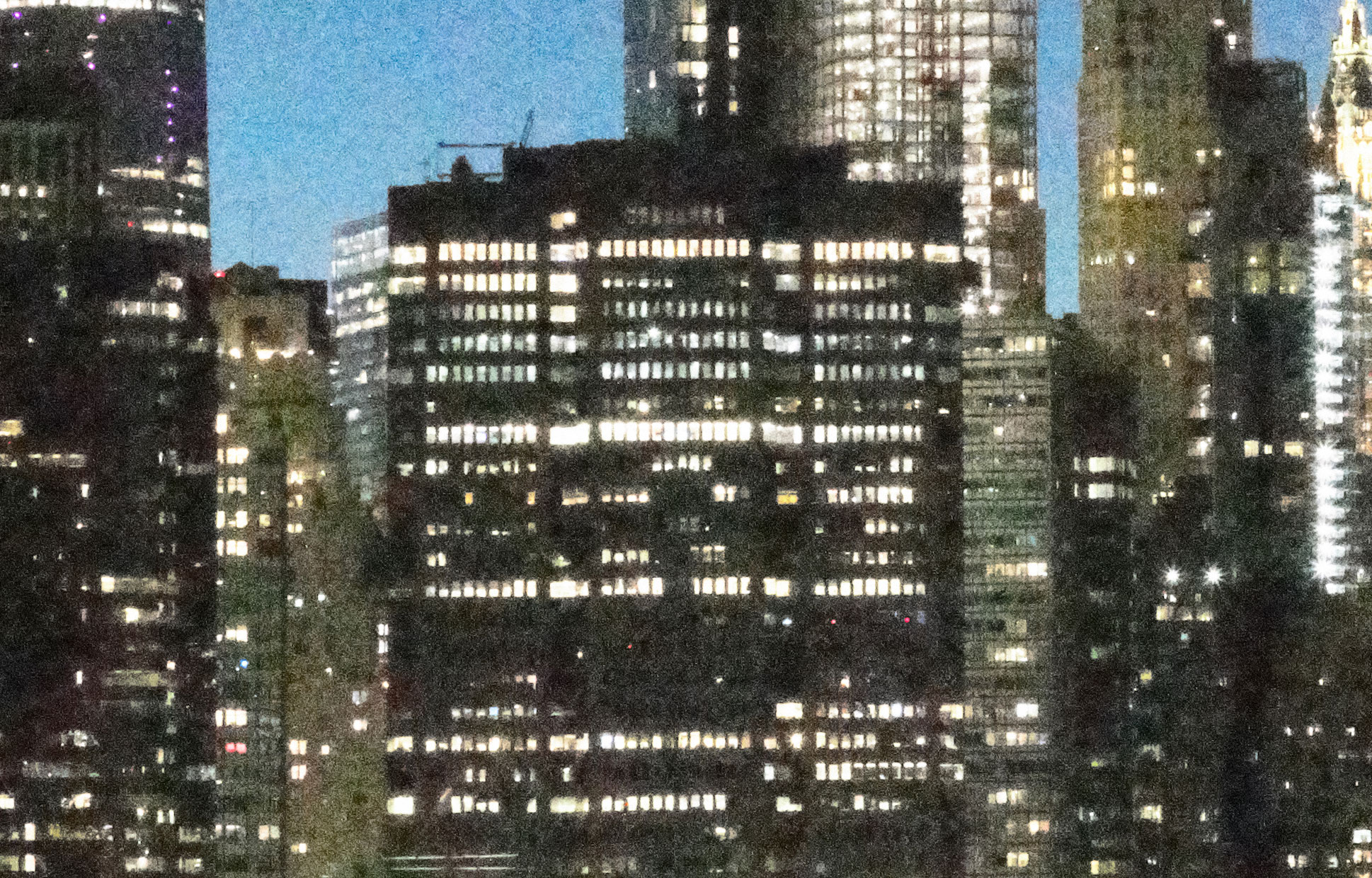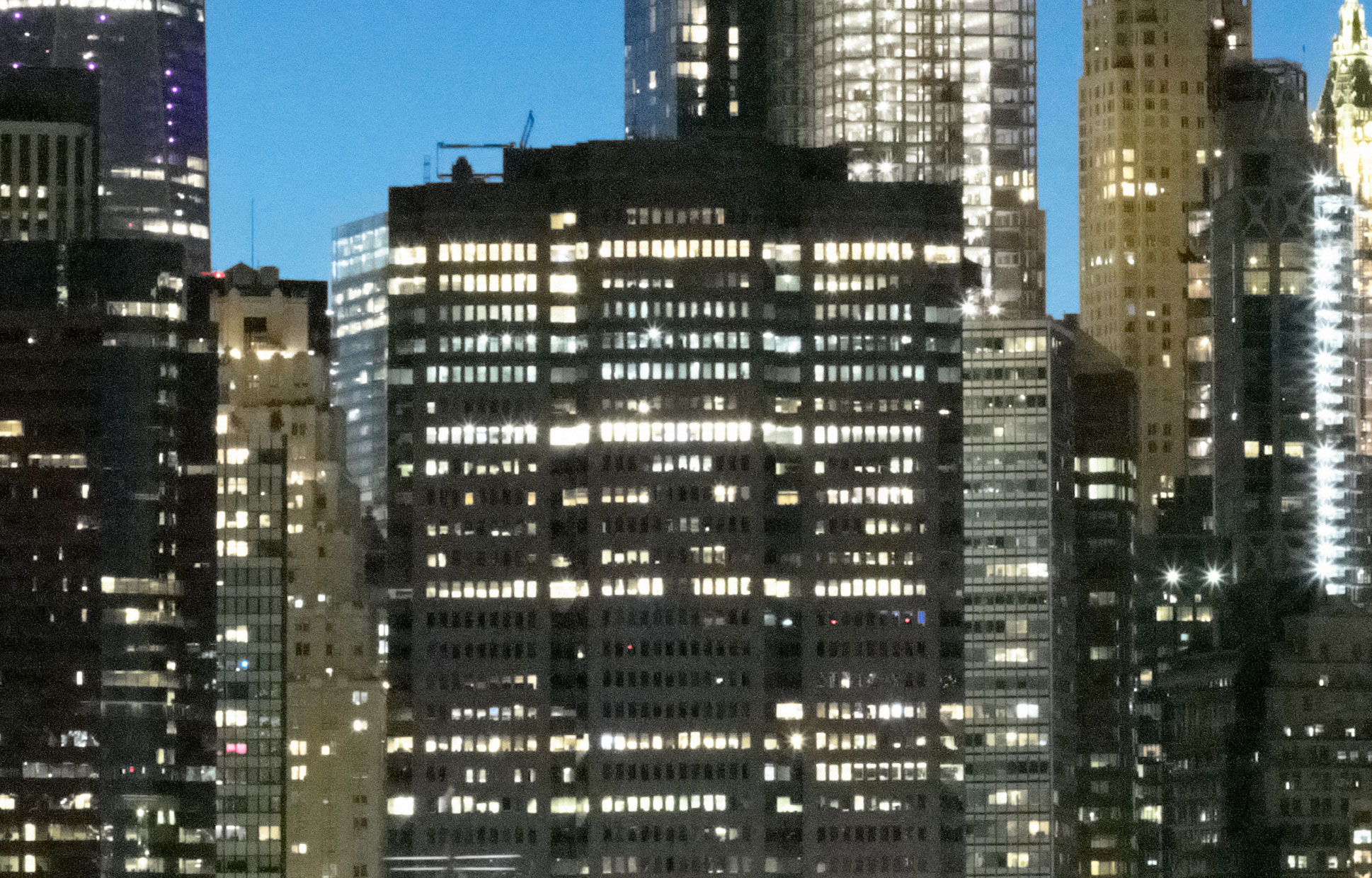Firmware, Gear Testing, Hardware, Phase One, Tech Tips
Why the XF IQ4’s New Feature Update Makes it the Most Average Camera in the World
Highlights
- Phase One just released the first major feature update for the IQ4 platform
- One of the new tools, called Frame Averaging, is the most innovative use of sensor technology we’ve seen in a long time
- Frame Averaging lets a user capture thousands of sequential frames at a set exposure and blends them in raw to produce a single file, enabling exceptionally long exposure times with incredibly low noise
- Frame Averaging allows for:
- Long exposures without the use of ND filters, avoiding loss of sharpness and eliminating color shifts
- Selectively blurring water, eliminating of crowds, generating cloud and star trails, light-painting, shadow blending/softening with moving lights (the sun for instance)
- Up to 4 stops of noise reduction at higher ISOs
- Long exposures that can be cut short and still produce fully exposed images
- There are currently limitations on the range of shutter speeds and exposure times available, but these are subject to change
First Step Towards Infinity
When Phase One unveiled the IQ4 digital backs in 2018, they announced a whole host of advanced features never before seen in a full-frame medium format system. From live view focus peaking to 300-foot-plus gigabit ethernet tethering, the jump from the previous generation’s IQ3 systems brought along much more than a simple increase in resolution (though it did notably add an entire GFX 50S/R or Hasselblad X1D II worth of megapixels to the roomy 54 x 40mm sensor).
One critical but less obvious feature that Phase One incorporated into the new system was an incredible amount of internal processing power as part of what they called their “Infinity Platform.” In a nutshell, the Infinity Platform left the IQ4 systems room to grow as new tools and features were developed. As such, the IQ4 digital backs were designed with much more horsepower than they initially needed to ensure that they could handle any potential computationally intensive feature updates.
The idea of developing systems that are capable of evolving over time has become the Phase One philosophy in all of its hardware, and it already has a track record of releasing powerful feature updates for other systems, most notably the XF camera body (now on its fourth feature-adding update).
In this vein, July 3, 2019 marked the release of the first feature update for the IQ4 system, and Phase One certainly did not disappoint. Along with quality-of-life improvements to storage and power capabilities, they released one of the most innovative features yet integrated into any camera platform: Frame Averaging.
What is Frame Averaging?
Frame Averaging is a conceptually simple but incredibly powerful tool for photographers shooting from a stationary position, requiring long exposures or high ISO performance. Frame Averaging works as follows:
- Set your exposure for your scene as you normally would without Frame Averaging
- Swipe from the right side of the camera menu and select the Frame Averaging tool
- Pick the amount of time you want to image over
- Capture, wait, and voilà, you’re all set!

The Frame Averaging Setup and Capture
Using the tool in its beta form, exposures of up to 12 minutes and 30 seconds were possible, enabling us to capture images that would have been impossible to capture without neutral density filters. On the final release, long exposures of up to 2 hours are enabled. For reference, all of the sample images in this article were captured on the IQ4 150MP digital back, XF camera body, and 45mm LS Blue Ring lens unless otherwise specified.
Let’s look at our first sample images. The images below were captured from the Brooklyn Heights Promenade with the exact same exposure settings – f/11, 2 seconds, 400 ISO, with the second Frame-Averaged over 4 minutes. Note that we chose 400 ISO to keep in range of the current limited shutter speeds (1/4000th to 2 seconds) for Frame Averaging. For those of you concerned that this will add noise, keep reading – our last example will demonstrate why this isn’t anything to worry about.
As you can see, both images have identical exposures. But with the frame averaged image, I was able to produce smooth water, longer car light-trails, dynamic streaking clouds, and even cut the noise down to negligible levels. Here’s a more detailed crop:
Easy, breezy. No swapping filters, no math to recalculate exposure, and no need to worry about color shifts or sharpness loss. Let’s take a look at some more applications of Frame Averaging!
Melting Crowds Away
This next example was shot in Bryant Park on the Cambo WRS 1600. With a running fountain and several groups walking through the scene, we tested Frame Averaging to see if we could smoothen the water and make the crowds fade out.
We set the exposure of the following frames at f/11, 0.5s, and ISO 50. In the scene below, you can see a single shot vs. a 30 second frame average:
And a 100% crop:
As you can see, this definitely made a difference. But we went ahead and did longer exposures of 5 minutes and 12.5 minutes, the longest currently allowed in the Frame Averaging tool.
Here you can see the same 100% crop of 30 seconds vs. 5 minutes:
And 5 minutes vs. 12.5 minutes:
Now, since we were shooting in broad daylight, we actually had to use a 2 stop ND filter and polarizer to get our shutter speed down to 0.5 seconds. Of course we could have just used a faster shutter speed, but hitting 0.5 seconds is an extremely important threshold. At shutter speeds faster than that, even by a third of a stop one gets gaps in the overall image due to the way the sensor is read out, resulting in images like this, shot at 0.4 seconds, frame averaged for 5 seconds:

As you can see, for comparison as soon as we drop the shutter speed to 0.5 seconds, we get gapless results:
One should note that the gapless threshold of 0.5 seconds is for 16-bit files, which we used exclusively in our testing. As of release, one can get gapless exposures with 14-bit files at as low as 0.25 seconds. So while the tool doesn’t allow for full freedom from use of ND filters in all cases, we only needed to use a single, light, high-quality filter to get the job done. For all of our testing, we use the excellent Wine Country Filter Holder System, and the Blackstone ND filters designed for it.
High ISO Noise Reduction
Before we get to this last one, a disclaimer: we’re perfectly aware that this following test is ridiculous. While the IQ4 150MP can absolutely capture up to 25,600 ISO, the resulting images are so noisy that they’re unusable for most applications. We used this very high ISO for illustrative purposes, but were frankly a little shocked at the results.
One of the consequences of Frame Averaging is that anything that varies between frames is averaged out as more frames are captured. Because noise varies from frame to frame without any distinct pattern while our signal remains constant, if we capture hundreds or thousands of frames, we can start to “filter out” the noise. The images below were both exposed at f/11, 1/30th, and 25,600 ISO with the latter image Frame Averaged for 30 seconds. Here are the full frames:
The frame averaged version looks much better, right? Perhaps even borderline usable? Here’s a 100% crop:
The image is still noisy, to be sure, but we can make out windows and details that were completely unrecognizable in the first image. While this result is limited in practical application for now, it’s a really remarkable demonstration of the noise reduction accomplished via Frame Averaging. When compared with an ISO sweep shot afterwards, we found that the resulting noise level was closest to single frames captured at around 1600 ISO, effectively achieving a 4 stop reduction in noise. We’re very excited to see how this particular aspect of the technology evolves.
The World’s Most Average Camera
In summary, Frame Averaging is an exciting, innovative tool that arms photographers with a new way to fulfill their creative visions. While it may not apply to all photographer types, it shows a few important things:
- Phase One is still an industry leader in innovation and technology development.
- As a company, they recognize that while having the highest precision optical hardware is a non-negotiable part of achieving the ultimate image quality, it is no longer the whole story. They are willing to embrace powerful computational imaging tools and aren’t stuck in the past like many other high-end camera brands.
- The Infinity Platform is officially off the ground, and has great potential. We’re excited to see what new features future updates introduce, and how Frame Averaging continues to develop.
- Investing in a medium format system provides users with unique tools beyond sheer megapixels, and Phase One shooters have bought into a system that will grow and evolve with them, rather than require them to buy a new camera every couple of years.
Fill out the form below to download the Frame Averaging RAW file examples, or contact us for more information or free a free demo.
Frame Averaging RAW File Request

